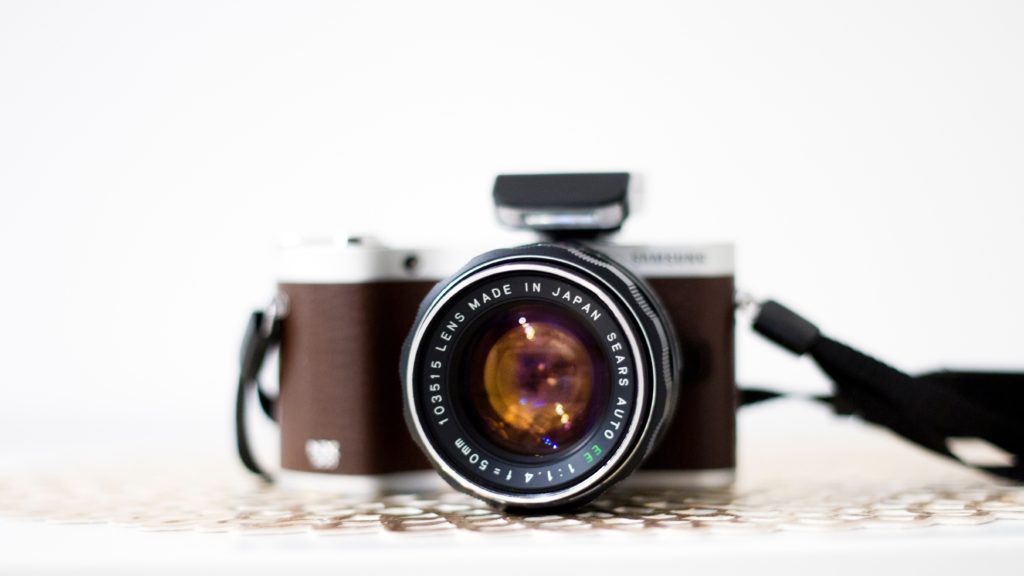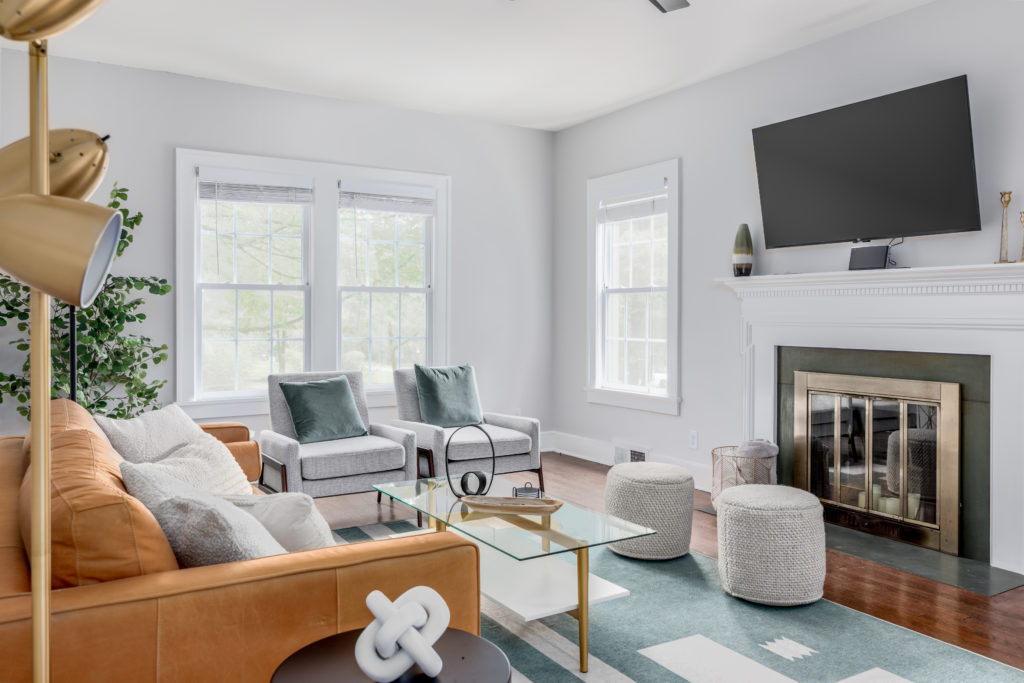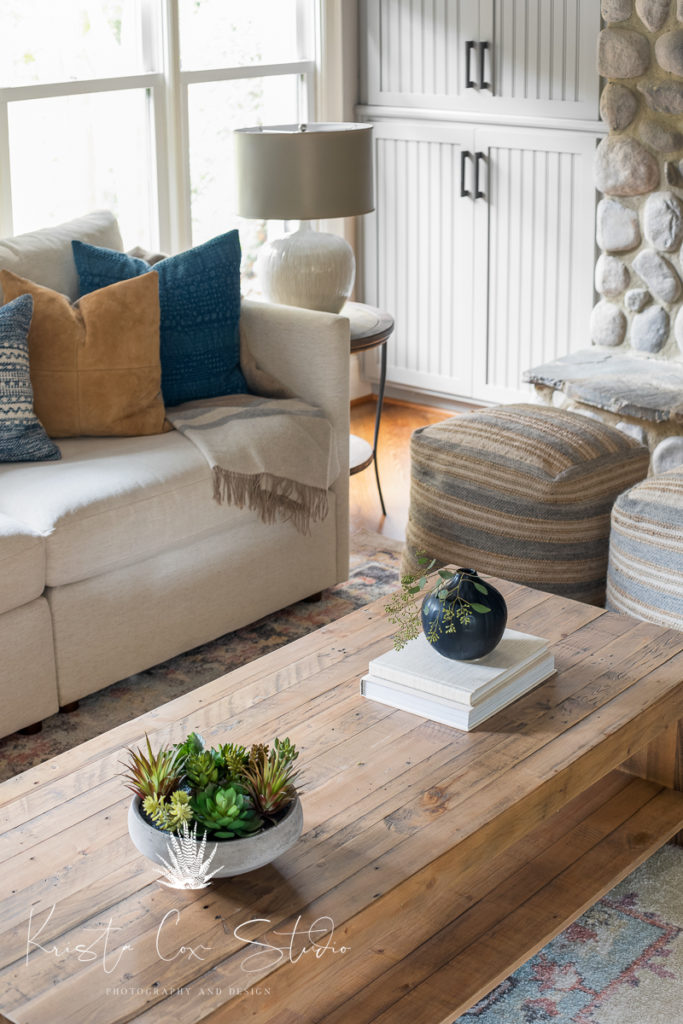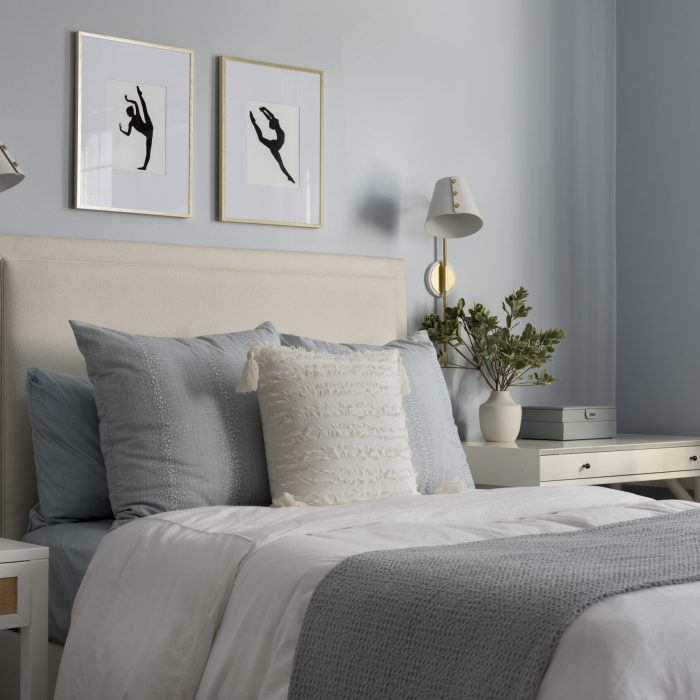
Interior Photography in Charlotte, NC
I was recently commissioned by Jennifer Morrell with An Inspiring Home to photograph her latest interior design project down in Waxhaw, NC (just out of
FILED UNDER
POSTED ON
This post may contain affiliate links. Click here to read my full disclosure.
Hola amigos! I’ve discovered something here over the years. I think everyone has decided I know a thing or two about photography. How’s that you ask (I know you’re probably rolling your eyes at me). Since I first started into photography, folks think I’m a good person to ask about all aspects of photography. Some are big questions, some are little. But just for you guys, I thought I would go through and answer those that I am asked most often. Enjoy:)
I get this question a lot from people, but the truth is that the camera you should buy is such a loaded question! While I will happily give you my opinion (I LOVE MY CANON), deciding which camera to purchase calls for a bit more digging (no, this is not going to be a Canon vs Nikon post). Ultimately, the two most important questions to answer regarding the camera that best suits you are: intention & budget.
Let’s start with intention. Have you decided what you want to use your camera for? Obviously, this could open a huge can of worms (especially if this is the first time you are asking yourself this) but it’ll help filter your choices. Are you a hobbyist/just dipping your toe into the world of photography or are you a professional looking to upgrade? If the first is true for you, you can most likely get away with any entry level camera (such as the Canon Rebel series), but if the second is true for you (chances are that you already have your eye on your next camera), you’ve got a lot more options and the differences in cameras may start to matter. Take a good look at your needs and start there. Start narrowing down your choices with cameras that check off items on that list!
Don’t forget to think about crop sensors vs full frames!
Now let’s talk budget (maybe we should’ve started here?). How much dough are you willing to spend? Cameras can go anywhere from $500 (entry level) – $5000 (and beyond), so this question is HUGELY important. If you have been a hobbyist photographer for some time now and are branching out to the professional world (again, which camera may depend on the type of photography) it’s probably time to upgrade that entry level camera to higher quality, and that might mean a require a more substantial investment so you do not have to upgrade again too soon down the road. If you’re brand new though, have no fear, you can get a decent setup for around $500-$750 (Cheaper if you buy used.)
Ultimately, it’s up to you to. Decide what you’re going to use your camera for and how much you are willing to spend. Take your time to do a little bit of research and always feel free to contact me with any questions you have when choosing your camera. If I don’t have an answer for you, I’ll bet I know a friend that does!
**Stumped? Check out my Camera Quiz and let me help you narrow down your choices!
(chances are that you already have your eye on your next camera), you’ve got a lot more options and the differences in cameras may start to matter. Take a good look at your needs and start there. Start narrowing down your choices with cameras that check off items on that list!
Now let’s talk budget (maybe we should’ve started here?). How much dough are you willing to spend? Cameras can go anywhere from $500 (entry level) – $5000 (and beyond), so this question is HUGELY important. If you have been a hobbyist photographer for some time now and are branching out to the professional world (again, which camera may depend on the type of photography) it’s probably time to upgrade that entry level camera to higher quality, and that might mean a require a more substantial investment so you do not have to upgrade again too soon down the road. If you’re brand new though, have no fear, you can get a decent setup for around $500-$750 (Cheaper if you buy used.)
Ultimately, it’s up to you to. Decide what you’re going to use your camera for and how much you are willing to spend. Take your time to do a little bit of research and always feel free to contact me with any questions you have when choosing your camera. If I don’t have an answer for you, I’ll bet I know a friend that does!
**Stumped? Check out my Camera Quiz and let me help you narrow down your choices!
There are lots of different cameras out there but the three main types are: film, mirrorless, and DSLR. DSLR stands for Digital Single-Lens Reflex which basically means the camera uses a mirror to reflect an image through the viewfinder OR to the sensor. I explain this a little better in the video but here’s the short version. Light comes in the lens, lights hits this little mirror inside your camera body, the light is reflected off another mirror and comes out of the viewfinder into your eye! Now when you push the shutter button, that first mirror flips up allowing all of the light to hit the sensor hiding behind it. This is why the viewfinder goes dark when you take the picture. Not too complicated right?
Quick bit about mirrorless cameras, they use an electronic viewfinder instead of mirrors/prisms (think back to that good ole’ point and shoot digital camera). These cameras used to be much slower than DSLR’s and were therefore not used much in the professional world; however, with time and technology advancements, that is no longer true and many photographers using them. In fact, our very own Sam is patiently waiting for Sony’s A7ii to land on her front door step. You bet we’ll be reviewing it when it gets here.
There are two main types of lenses, a zoom or a prime. Process of elimination should tell you what a prime is but here’s the technical version. A prime lens is a with a fixed focal length. This means that in order for the subject to be brought closer, your feet have to do the work. The zoom lens allows the lens to do the work instead of your feet.
Now why on earth would anyone want a prime lens? As per my usual response, what are you using it for??? I personally love my prime lens. It’s top quality (less moving parts leaves room for better components) and creates stunning images. Plus I like the challenge of being forced to create in a certain setting.
**the prime lens can also refer to the primary lens within the lens system when using multiple lenses

I’ve found people often ask this question as they begin their search for the ideal camera. The most honest answer I can give is yes… and no (Ha!). Again, this goes back to knowing how you intend to use the camera. If you are having your photo printed and then plastered onto the side of a building, then absolutely! But if not… it really depends. My honest advice? Don’t get too hung up on the megapixels and instead focus on other specifications instead.
Do you plan on photography being your full-time career? If yes, then eventually I highly recommend designing your own website because this will allow you to have your own domain (you can be googled!)… but this is not an immediate need. Maybe use a free service like Facebook as your photography business page for a while until you are able to afford adding a website to your budget.
**Check out these awesome website design sites: SquareSpace; Wix; WordPress
I love to deliver images to my clients digitally (yay Pixieset!). In the past I have delivered images to my clients with a thumb drive, and I am still willing to do so should a client request that type of delivery; however, using online galleries and cloud storage, I can “deliver” images right into my client inboxes without ever having to track them down!
How about I give you the most popular options instead of declaring a “Best”? My personal favorite by far is Adobe Photoshop. While I do prefer using Lightroom when shooting tethered (camera attached to computer), Photoshop takes the cake! This is probably because I had a strong foundation in photoshop long before I had access to lightroom. If you’re just starting, I’d highly recommend starting with lightroom becuase it’s a lot more simple and easy to get the hang of. Another program that I use in conjunction with Photoshop is Adobe Bridge. Like a file browser, Bridge allows for the culling (sorting out the junk), labeling, starring/rate, batching, etc. of pictures (if it sounds like I’m speaking gibberish, don’t panic! A video regarding Adobe Bridge is coming soon!), and it also allows you to edit in Camera RAW.
**If you have any questions about ANY of these, drop a comment below!
I’m so excited to talk about Camera RAW because I adore this software! So, what is it? Most basically, it is a file type. When you take a picture on your camera the light passes through the lens, hits the sensor, and then records the information in a JPG or CR file. If the camera is set to record in JPG, it will automatically process the image/settings and use the information to generate a pretty picture the computer can read; however, if set to record in CR, the camera will simply record the image/settings. This means that once the CR file is opened in the editing software (Adobe Photoshop or Lightroom) the settings can be changed!!! Everything from white balance to focus and lens distortion can be edited in CR files! Using RAW gives you the ultimate power in image creation and manipulation!
This wraps up our very 1st Photography FAQ. Thoughts? Got more questions? Let me know below and get out there are start creating!
Share this post
meet krista
I’m a Jesus loving mom of two with an eye for beautiful things. When I was a kid, I always wanted to grow up to “make things” and that’s exactly what I did.
I started out as an interior designer with a side passion for
photography. Over time, I began to find more and more joy from my work behind the camera. Once I made the jump full time, there was no turning
back.
I now have a team of photographers that work with Real Estate Agents, Interior Designers, and Builders creating internet worthy media while also sharing with others how I do it!
search the site
featured posts
post categories
Free Resources

I was recently commissioned by Jennifer Morrell with An Inspiring Home to photograph her latest interior design project down in Waxhaw, NC (just out of

I am beyond excited to start seeing new architectural styles reaching my area, especially when I get to photograph them! Here we have a stunning

The Farriss House Airbnb in High Point, NC is a gorgeous mid-century modern getaway. I had so much fun with this photoshoot!

Located in the beautiful Waxhaw, NC (Southern end of Charlotte) this space designed by Jennifer Morrell with An Inspiring Home is utterly breath taking. As
stagnate photos linked to instagram

Never miss a thing!
Enter your email below to follow my journey through interior and real estate photography!
© 2024 KRISTA COX STUDIO | ALL RIGHTS RESERVED